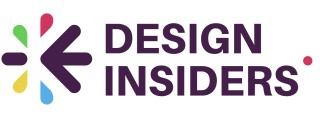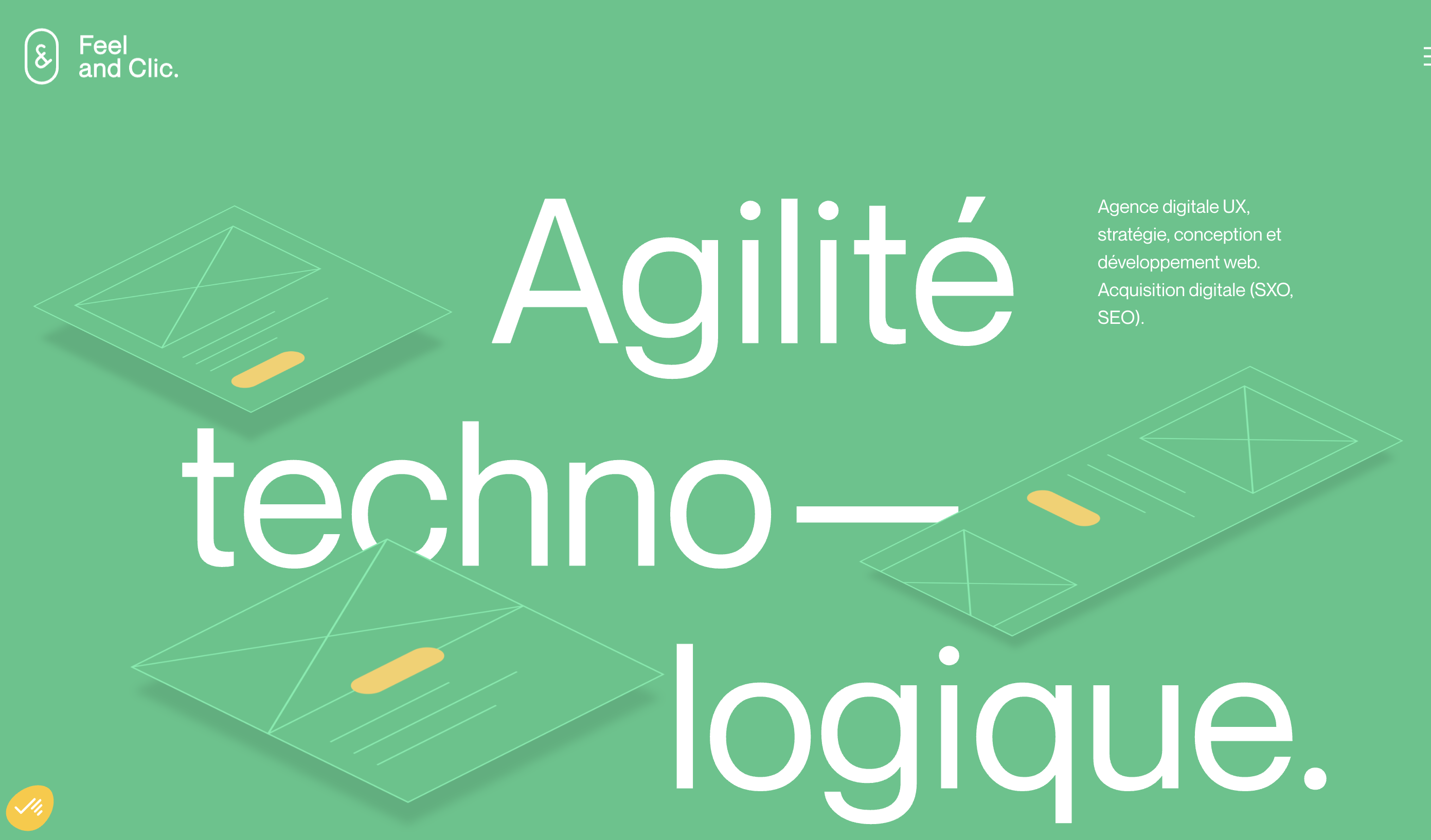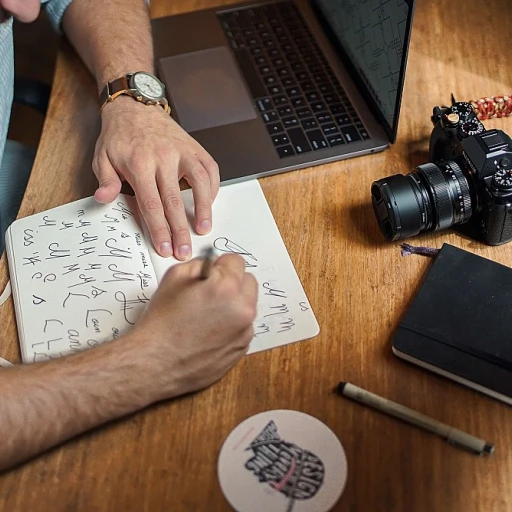
Evolving Trends in Design Work
Shifts in Creative Paradigms
The landscape of design work is undergoing a seismic shift, driven by a myriad of evolving trends. From emerging technologies to societal changes, the forces working upon the industry are challenging traditional models and methods. One of the most significant trends is the transition from static to dynamic design processes, emphasizing adaptability and responsiveness. Designers are no longer confined to their original sketches; rather, the integration of user feedback and iterative methodologies have become cornerstones of modern design.
The push towards more sustainable practices is another critical factor reshaping the design world. As environmental concerns grow, designers are being tasked with creating solutions that not only meet aesthetic and functional requirements but also contribute to sustainability goals. This movement is evident across various sectors, including industrial design, fashion, and architecture, where eco-friendly materials and processes are gaining traction.
Moreover, the burgeoning field of digital experience design highlights the intersection of physical and digital realms, propelling the design industry towards new horizons. In particular, the role of artificial intelligence in graphic creation represents both a revolution and an evolution in digital design, presenting unprecedented opportunities for innovation and efficiency.
These trends indicate a future where agility, continual learning, and innovation become indispensable qualities for succeeding in this evolving sector. As we look further into the future, these elements will be key in determining how the field adapts and prospers, particularly as we explore the importance of technological advancements and the rise of freelance work.
Technology's Role in Design Evolution
The Transformative Power of Technology in Design
In the rapidly evolving field of design, technology plays a pivotal role in shaping the future of work. The integration of advanced tools and platforms is revolutionizing how designers approach their craft, offering new possibilities and challenges. As technology continues to advance, it is crucial for designers to stay informed and adaptable to maintain their relevance in the industry.
One significant impact of technology is the emergence of augmented reality (AR) in digital design. This innovation is transforming user experiences by creating immersive environments that blend the physical and digital worlds. Designers who embrace AR can offer clients unique and engaging solutions, enhancing the value of their services. For more insights on how augmented reality is influencing user experiences, you can explore this article.
Moreover, the rise of artificial intelligence (AI) and machine learning is reshaping design practices. These technologies enable designers to analyze vast amounts of data, automate repetitive tasks, and generate innovative ideas. By leveraging AI, designers can focus on creative problem-solving, making their work more efficient and impactful.
As technology continues to evolve, it is essential for design students and professionals to engage in lifelong learning. This involves staying updated with the latest tools and trends, as well as understanding their implications on design practice. The education curriculum must adapt to these changes, ensuring that future designers are equipped with the necessary skills to thrive in a tech-driven environment.
In conclusion, technology is not just a tool but a transformative force in the design field. It offers designers the opportunity to innovate and redefine their roles within les entreprises. By embracing these advancements, designers can navigate the challenges and seize the opportunities that lie ahead.
Skills for the Future Designer
Essential Competencies for Tomorrow's Designers
As the landscape of design continues to shift, developing the right skills becomes crucial for any designer looking to thrive in the future. While creativity and artistic proficiency remain at the core of design work, there are several additional competencies that emerging designers should focus on.- Technical Proficiency: Familiarity with digital tools and software is no longer optional. Mastery of graphic design programs, 3D modeling, and proficiency in UX/UI design platforms are essential. These technical skills enable designers to create more efficient workflows and produce designs that meet modern standards.
- Interdisciplinary Knowledge: Understanding the intersection between various fields such as technology, psychology, and even business can enhance a designer's capability to create holistic and effective solutions. For example, knowledge of machine learning and AI can open new avenues for creativity and innovation in design.
- Adaptability and Continuous Learning: The rapid evolution of tools and techniques in design necessitates a commitment to lifelong learning. Adapting to new developments, such as virtual reality or augmented reality, allows designers to stay competitive. Engaging with resources such as interactive prototyping can provide valuable insights and help hone these skills.
- Problem-Solving and Critical Thinking: Designers must be adept at identifying issues and generating innovative solutions. This requires critical thinking and the ability to analyze problems from multiple perspectives, ensuring that designs are both creative and functional.
- Communication Skills: Effective communication is vital, whether it's articulating ideas clearly to clients or collaborating with team members. Being able to convey the rationale behind a design decision is just as important as the design itself.
The Rise of Freelance and Gig Work
The Shifts Toward Flexible Work Models
The era of traditional 9-to-5 design jobs is gradually shifting to more flexible work arrangements. While some companies still maintain regular office hours, there's a noticeable trend towards freelance and gig work. This transition is propelled by factors like evolving design trends and the role of technology in design evolution.- Increased Independence: Many designers now seek the autonomy that freelance or gig work provides. Enabling them to choose projects that align with their strengths and preferences, this mode of work allows for a more balanced lifestyle.
- Diversification of Skills: As discussed earlier, future designers need to acquire an increasingly diverse skill set. Freelance work offers opportunities to explore different niches and specialties within the design field, promoting lifelong learning and skill diversification.
- Global Opportunities: Technology enables designers to collaborate with clients across the globe effortlessly. This geographical flexibility reduces dependency on local job markets and opens doors to international projects.
- Resilience Against Job Market Fluctuations: While full-time positions may be affected by economic downturns, freelance designers tend to have the upper hand. They can pivot quickly and explore various short-term opportunities, thereby maintaining a consistent workflow.










